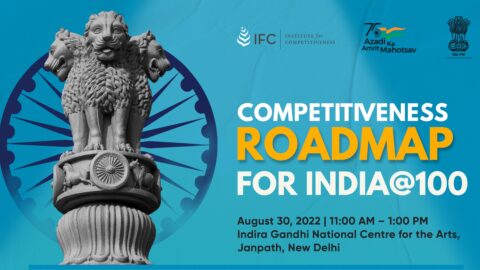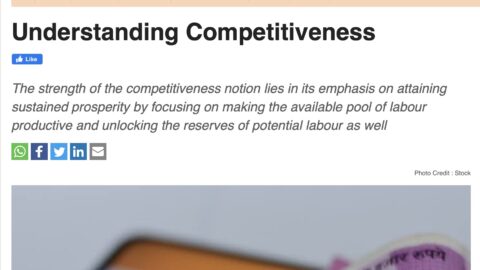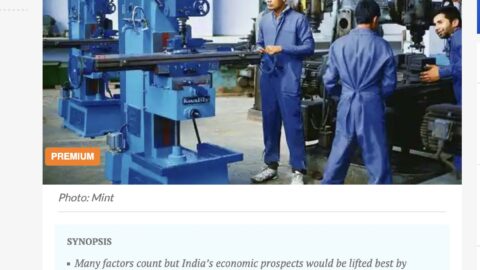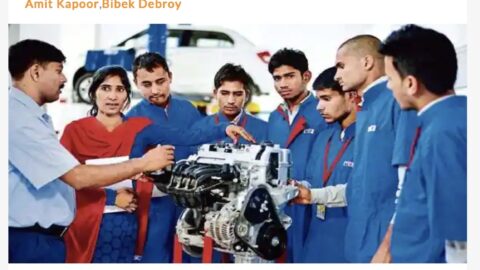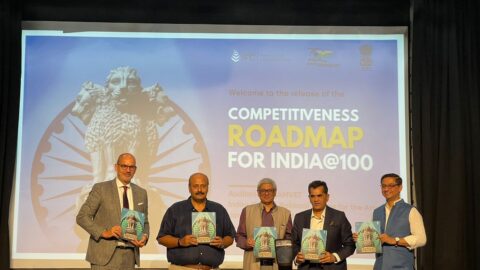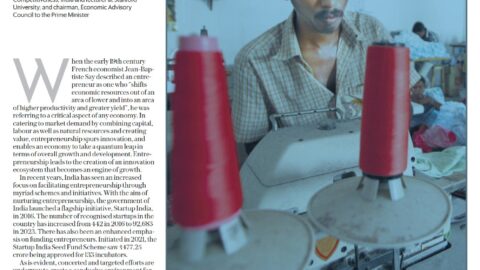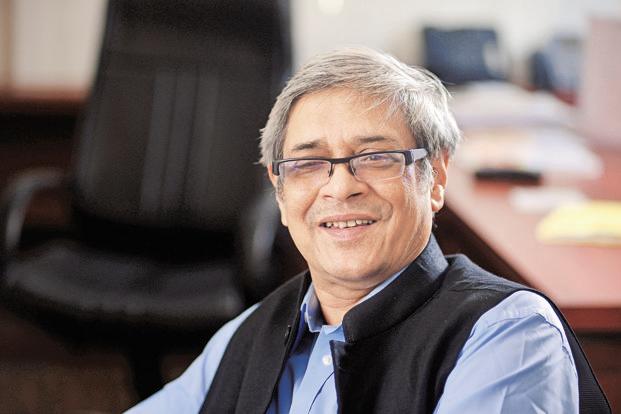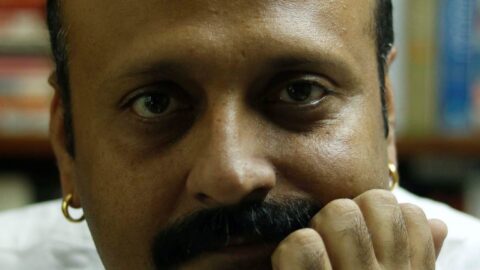By Christian H M Ketels, Principal Associate, Institute for Strategy and Competitiveness
Learning to understand India with different eyes
When embarking on a competitiveness project, it is important to be mindful about the contribution that an outside observer can make. Only in rare instances is it possible to unearth individual facts that are not already known by the local experts. This is particularly true in
a country like India with a vibrant and sophisticated community of researchers tracking the country’s performance and arguing about its way forward.
What one can hope to achieve is different: It is providing an external perspective that questions perceived wisdom and raises uncomfortable truths. And making sense of these facts through the lens of a different framework, sharpened by the experience of applicating it across a wide range of countries. In short, it is about enabling scholars and decision makers within India to see their country with different eyes, generating new insights and informing more effective action. India is unique. While every country has its own circumstances, India stands out given its sheer size, complexity, and internal heterogeneity. This makes it hard to fit India into the traditional categories used to group countries by their stage of economic development or growth model. Understanding how India is unique and why it ended up here is more than a theoretical exercise. It is a critical part of getting at the root causes of India’s current level of economic performance, and it is a fundamental when designing appropriate and effective policy actions to improve the country’s competitiveness.
We hope that the analysis provided in this report and the supporting materials will proof helpful in informing these debates.
Learning about the future
The work on Indian competitiveness is more than the simple application of a given framework to yet another country. India’s competitiveness challenges and opportunities are in many ways a critical entry point to understand the competitiveness challenges and opportunities that the world is facing. Dealing with inequality and high levels of performance heterogeneity across regions within countries. Achieving higher levels of prosperity while sustaining our environmental foundations both locally and globally. Accompanying growth in GDP with growth in social progress. Becoming more resilient in the face of shocks and a fragmented global system.
How India is going to manage these issues will have a major impact on how the world is able to deal with them. It is because by its pure size, India’s performance matters. But it is also because India can lead the way in showing what works for many others facing similar circumstances. India can and needs to be a laboratory for evolving competitiveness thinking in these directions.
We hope that this report and the ideas contained in it will provide inspiration and a sound starting point to venture down this path.
Learning with thoughtful partners
In our work on Indian competitiveness, we were able to draw on a rich body of research done both within the country and internationally. The competitiveness framework provides a structure to “connect the dots” across the more than 150 recent academic papers and numerous research reports that we reviewed. It is inspiring to see how much work is being done on so many different aspects of Indian competitiveness, and how an overall picture emerges from putting these individual pieces into context.
We were also able to use datasets by the Reserve Bank of India and others to conduct targeted additional analysis in specific areas. India is in the midst of a data revolution, providing more and more facts to shed light on issues on which analysts and policy makers were essentially flying blind in the past. Still, there is a long way to go and in many areas India continues to lack sufficiently robust data. India should embrace this challenge and continue to invest in its data infrastructure. Data is critical to learn and inform action, not only to fame and shame.
Maybe the most important learnings have come from the interactions with our partners. x Bibek Debroy, Amitabh Kant, and Rajiv Kumar have guided, challenged, and contributed to our thinking along the way – I am grateful to their commitment to this effort. The members of the Indian stakeholder group have provided invaluable input along the way, openly sharing their time and perspective both in formal meetings of the group and in individual interactions. Many other scholars, government officials, and policy makers have been willing to provide information and discuss our emerging findings. Finally, I would like to thank Amit Kapoor and his team at
the Institute for Competitiveness, India – this joint effort has been a proud culmination of our collaboration and friendship over many years.
We hope that all of these partners will find the report useful and a trigger for their own thinking going forward. The true test of the value of this work is not unanimous agreement with all of
its findings and recommendations. It is whether this work helps Indian leaders on their learning journey towards better understanding and enhancing Indian competitiveness.
Moving beyond learning
This report is more than an analytical piece to understand India’s competitiveness or the drivers behind the country’s current performance. While this analysis is critical, it is only the foundation to then derive policy recommendations to change and improve India’s competitiveness. This is a distinct, and arguably even more challenging, exploratory, and controversial part of the work.
The Roadmap for Better Growth includes a number of specific policy recommendations. We believe that these are important, concrete steps that India can and should take. But in our experience the fate of individual action recommendations on its own is not what is critical for the long-term impact of a growth strategy. This success depends on whether the strategy’s underlying principles and direction is able to shape and where needed change the national discourse about competitiveness. These broader ideas are particularly critical for a roadmap that aims to shape India’s growth strategy for the next twenty-five years, far beyond the time horizon of any specific policy or program.
We hope that the combination of diagnostics, specific action recommendations, and overall principles can help communicate the underlying logic of the India@100 strategy, and thus contribute to more effective policy choices being made.


